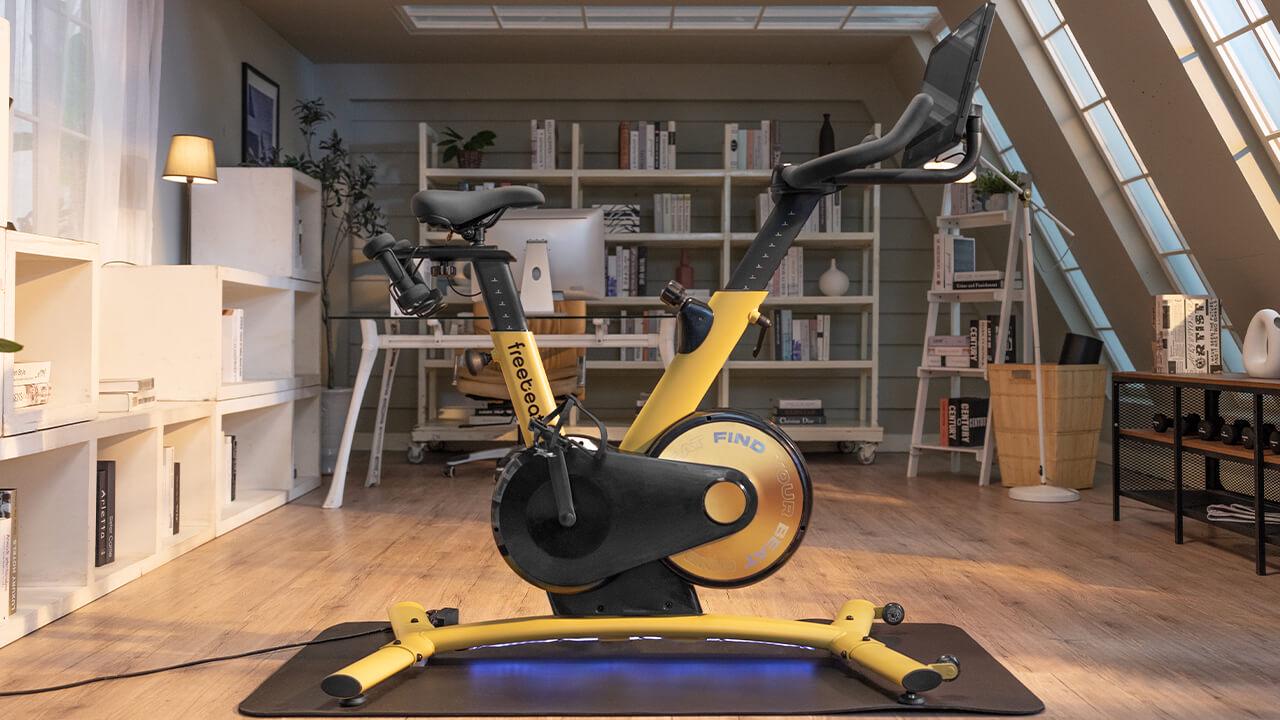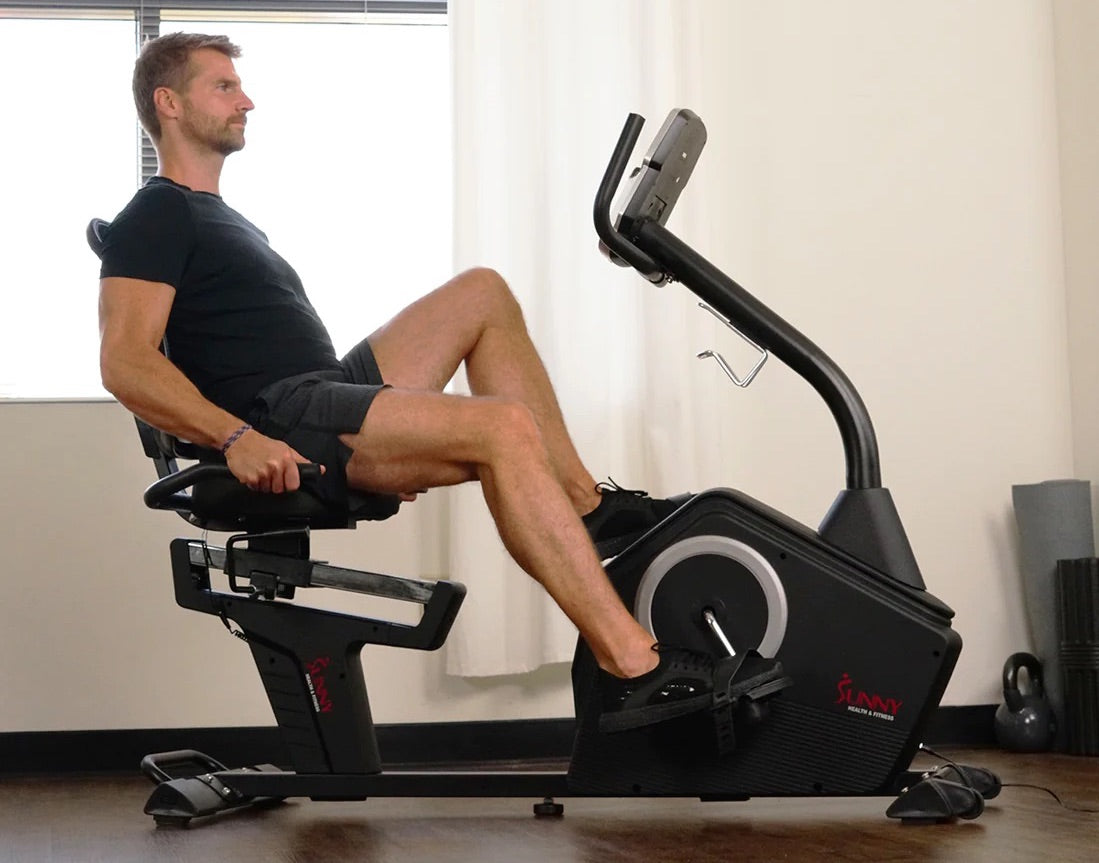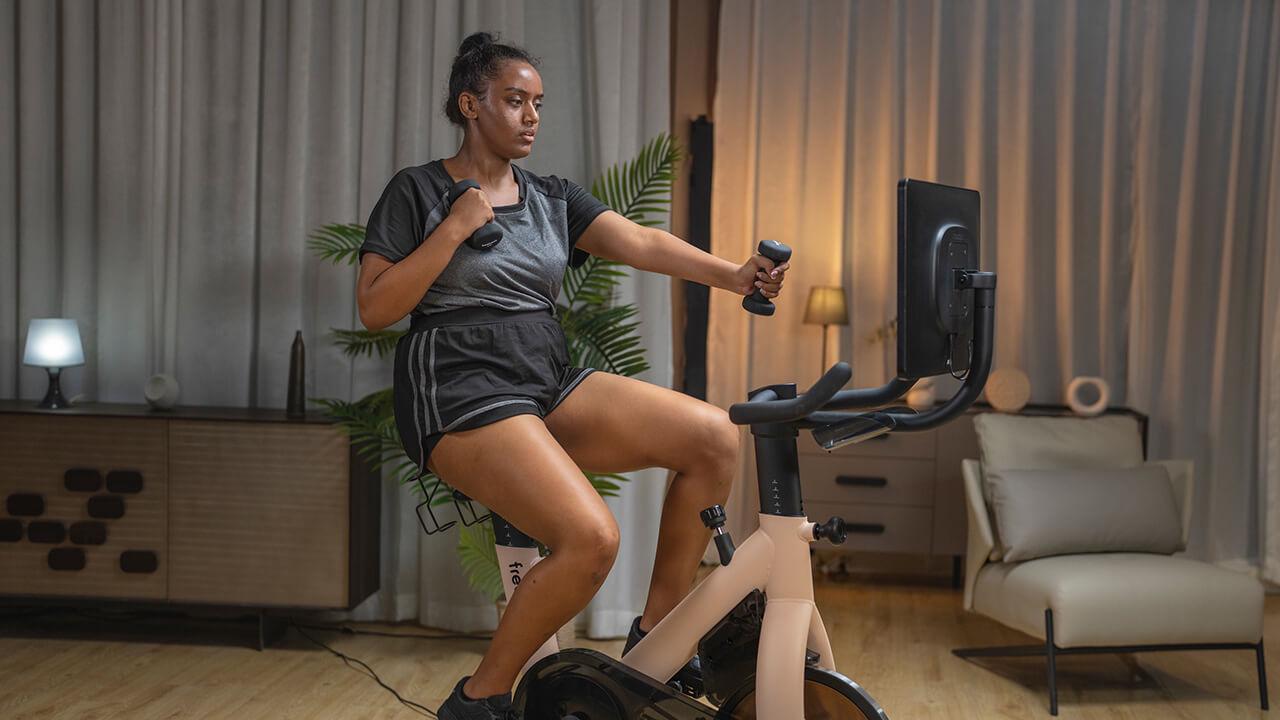Whether health clubs are not your scene, you prefer the privacy of your home, or you're simply looking for a convenient way to keep fit, the quest for the right exercise bike is crucial. Exercise bikes are not only a low-impact way to get your heart rate up and your muscles engaged, but can also be the backbone of an effective fitness routine tailored to your specific goals. But with an array of options on the market, finding the perfect fit can be overwhelming.
In this comprehensive guide, we'll walk you through the factors to consider when shopping for the perfect exercise bike, whether you're an absolute beginner looking to ease into fitness or a seasoned pro wanting to revamp your home gym setup.
The Importance of Choosing the Right Exercise Bike
Selecting an
exercise bike is a decision that impacts both your physical health and your pocketbook. A poorly chosen bike can lead to discomfort, decreased motivation, and even unnecessary spending if it doesn't align with your goals. On the contrary, a well-suited bike can make working out a pleasure, helping you to
stick with your routine and truly enjoy the process of reaching your fitness aspirations.
Understanding the Different Types of Exercise Bikes
Before you start researching brands and models, it's crucial to understand the various types of exercise bikes and their specific features. The right bike for you largely depends on your comfort level, fitness objectives, and preferred biking position. Here are the three primary types you're likely to encounter:
Upright Exercise Bikes

Resembling traditional bicycles, upright exercise bikes are known for their compact design and straightforward usage. They are excellent for those looking for a bike that simulates outdoor riding while taking up minimal space.
Recumbent Exercise Bikes

Recumbent bikes have a wider, more comfortable seat with a backrest which is beneficial for individuals with back issues. The seating position is lower to the ground, and the pedals are placed in front of the body, rather than underneath, which makes them an ideal choice for seniors, individuals with mobility limitations, or anyone recovering from injuries.
Indoor Cycling Bikes
Indoor cycling bikes are designed for high-intensity, low-impact workouts. They typically have weighted flywheels for a smooth pedaling experience and are favored by enthusiasts of indoor cycling classes for their adjustability and durability.
Each of these types caters to different needs and comfort levels, so your choice will depend on the kind of workout experience you're seeking.
Key Factors to Consider Before You Buy
Before committing to an exercise bike, it's crucial to weigh the following factors that will help you make a well-informed decision.
#1 Your Fitness Goals
The first question to ask yourself is, "What do I want to achieve with this bike?" Whether your aim is to lose weight, improve cardiovascular endurance, or build leg strength, your choice of exercise bike can directly impact your ability to reach your goals. For example, if you're training for a cycling event, you might prefer a stationary bike that closely mimics the feel of a road bike.
#2 Comfort and Adjustability
Comfort is paramount when choosing an exercise bike, especially if you plan to spend long periods on it. Look for features like an adjustable seat, handlebars, and pedal straps to ensure a proper fit and comfortable posture. Recumbent bikes, with their ergonomic design and backrest, are typically more comfortable for extended use.
#3 Resistance Mechanism
Exercise bikes come with various resistance mechanisms, such as magnetic resistance, air resistance, or belt drives. Magnetic resistance is often preferred for its quiet operation and smooth transitions but can be pricier. On the other hand, air resistance bikes are generally cheaper and are popular for intense training sessions.
#4 Technology and Connectivity
Many modern exercise bikes come with built-in screens, connectivity for fitness apps, and the ability to track your performance metrics. If you enjoy interactive workouts or need motivation to stay on track, consider a bike with a screen that can stream live or on-demand classes.
#5 Build Quality and Durability
Inspect the build quality of the bike, including the frame, pedals, and overall sturdiness. A well-built bike will be safer to use and is likely to have a longer lifespan, even with heavy use.
#6 Storage and Space Considerations
If space is a concern, compact and foldable designs might be the best option. Ensure you have enough space not only for the bike itself but also for easy access and movement during workouts.
#7 Budget
Last but certainly not least, consider your budget. Exercise bikes are available at a wide range of price points, and it's important to find the best balance between cost and quality. Remember that a higher upfront cost can often be a worthwhile investment in your health and fitness.
The Best Exercise Bikes for Different Fitness Goals
To provide a clear path through the myriad options, here's a breakdown of which types of bikes are best suited for specific fitness goals:
Best Exercise Bikes for Beginners and General Fitness
If you're just starting or are looking for a bike that the whole family can use, an
adjustable upright bike is likely the
best fitness bike. It provides a good all-around workout and can easily adjust to different heights and fitness levels.
Best Exercise Bikes for Weight Loss
Best Exercise Bikes for Cardiovascular Conditioning
To improve your heart health, a bike with a variety of resistance levels and heart rate monitoring is key. Upright bikes with more upright riding positions can help you work harder and get your heart rate up quicker.
Best Exercise Bikes for Back Problems and Seniors
Recumbent bikes are the way to go for those with back problems, mobility issues, or looking for a low-impact workout. They offer excellent support and are ideal for gentle rehabilitation or maintaining fitness at an older age.
Best Exercise Bikes for Intensive Training
If you're an experienced cyclist or looking for high-intensity interval training (HIIT),
exercise bikes with quality flywheels and robust construction are the go-to choice. Their closer resemblance to real road bikes and adjustability makes them versatile for all types of workouts.
Tips for Seniors - A Different Pedal to Choose
The aging demographic is increasingly opting for exercise bikes, and for good reason - they provide a comfortable, safe, and low-impact form of exercise. But seniors need to take extra care in selecting a bike that suits their requirements:
Seat Comfort and Accessibility
For many seniors, comfort is paramount. Look for a bike with a wide, cushioned seat that's easy to get on and off. A recumbent bike is often the preferred choice for its bucket seat style, which provides full back support and can be easier on the knees.
Low Impact Equals High Value
Seniors with arthritis or joint pain should prioritize a bike that offers a smooth, low-impact ride. A bike with adjustable resistance is also key, as it allows for a customized workout pace to match the user's current fitness level and any progression over time.
Technology with Simplicity
While advanced tech features can be beneficial, a simpler interface is often easier for seniors to use. Large, backlit screens with clearly labeled buttons are more user-friendly, as is the option to pre-program workouts that cater to their specific needs.
Comparing the Best Exercise Bikes 2024
To help you in your search for the right exercise bike, we compare some of the leading models across performance, comfort, and durability. Here are a few of the popular exercise bikes:
Pros:
Cons:
Pros:
Cons:
Pros:
Cons:
By comparing and contrasting different models, you can determine which features and functionalities are most important to you and make an informed decision that aligns with both your needs and your budget.
Conclusion
Choosing the best exercise bike for your home is a thoughtful process that requires you to evaluate your fitness needs and preferences. Once you’ve identified the type of exercise bike that aligns with your needs and goals, take the time to visualize how it fits into your home gym or living space. Consider other elements, such as flooring, ventilation, and lighting, to create an environment that’s inviting and conducive to regular workouts. By taking the time to consider the various types and features available, you can invest in a piece of equipment that not only serves your immediate goals but grows with you as your fitness level advances.
Remember, the best exercise bike is the one that you will use consistently to achieve a healthier, stronger you. Whether you prefer the traditional feel of an upright bike, the comfort of a recumbent bike, or the intensity of an exercise bike, your perfect match is out there waiting to pedal you toward your fitness dreams.




























 0% APR financing for 24-month payments.
0% APR financing for 24-month payments.